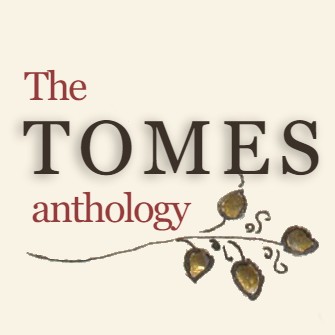The TOMES Transcription Policy
All the student editors involved in this project received training in paleography, codicology and transcritpion from the project lead. The editors transcribed their editions by working directly from digitised manuscript copies to produce new editions. Since the editorial policy of this anthology is grounded in a desire to represent medieval texts in all their beautiful complexity, the transcription policy is based on the rather "non-interventionist" transcription policy described by Raymond Clemens and Timothy Graham in their Introduction to Manuscript Studies. So, students were asked to replicate their texts as the texts appear in their chosen manuscript witnesses, while resisting the urge to editorialize or "correct" (though Clemens and Graham do allow for normalization of word spacing, so we did too). This policy, which is aimed at recording how a text would have been read by its medieval audience, is in keeping with the broader editorial approach outlined here.
Editorial interventions are recorded in the editorial notes; scribal additions and marginalia are recorded in the scribal notes. Both sets of notes can be removed to show the text in its more original form.
The TOMES Translation Policy
The translations in the TOMES anthology are all original; students produced them themselves drawing on relevant historical dictionaries and on their training in Middle English philology and historical linguistics.
The translation policy for the TOMES anthology was chosen for a practical reason: it is the policy that has been used for medieval English texts for decades (or longer!) at Leiden University, where this anthology was created. Since this was the policy that students of medieval English at Leiden are most familiar with, it made the most sense to adopt it here.
The policy itself is rather practical as well. Since the policy is aimed, in part, at promoting understanding of the language, students are encouraged to stay as close as possible to the original text in their translations. This means that verb tense, mood, person, and number are typically carried over from the original to the translation. Translations may stray from this rule for the sake of clarity or to maintain modern grammar, word order and other aspects of style. To promote readability, I have encouraged students to be more liberal than usual with these translations and to embrace their poetic inclinations where these do not lead to significant divergences from their source texts.
Aside from being more familiar to students, this translation policy is also helpful for a student-centered anthology, since it results in translations that can be easily compared to their source texts. The hope, then, is that these translations enrich the linguistic strengths of not only the students who produced them but also those who will read and use this anthology.
Dr. Krista A. Murchison
Assistant Professor (UD) of Medieval English Literature
Leiden University
